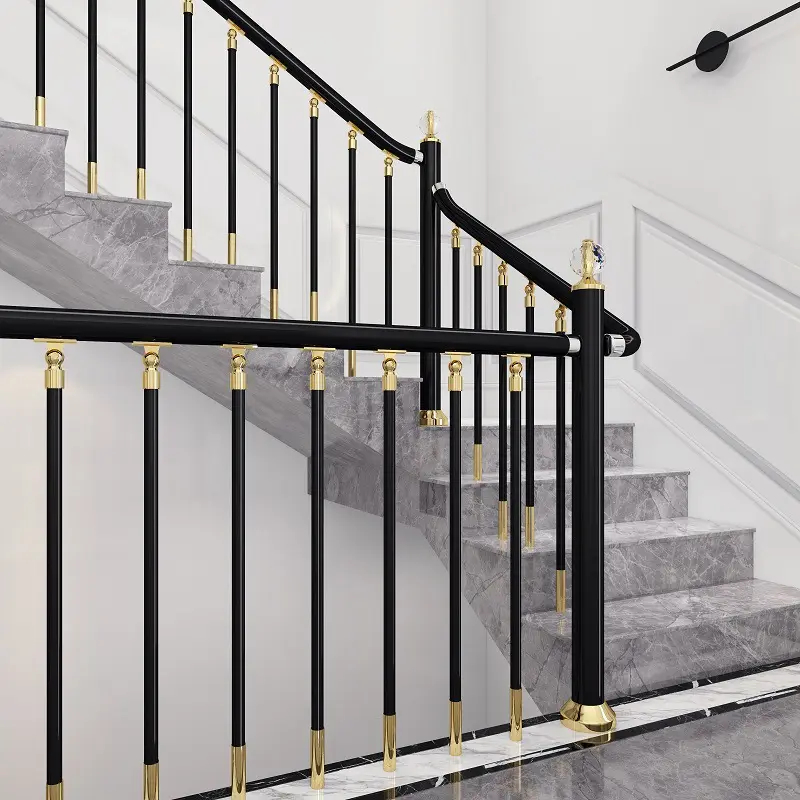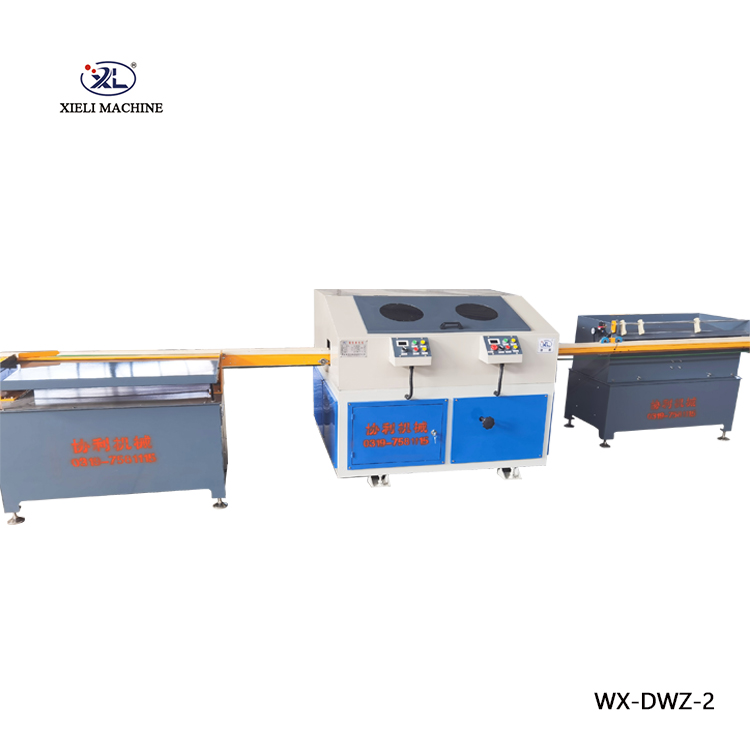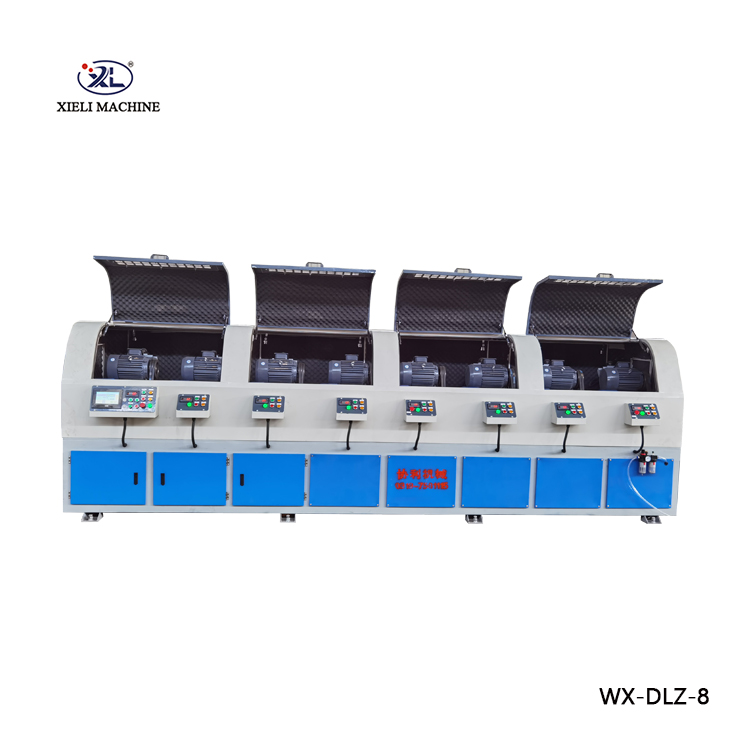CE Certification for Retrofits Enhancing Centerless Servo Grinders
In the fast-evolving world of manufacturing, compliance with international safety and quality standards is paramount. One such standard that stands as a hallmark of quality assurance is the CE marking, which signifies that products meet European Union (EU) health, safety, and environmental protection standards. This article explores the significance of CE certification for retrofitting servo centerless grinders, the benefits it offers, and the steps involved in achieving compliance.
Understanding Centerless Grinders
Centerless grinders are essential machines in many manufacturing processes, particularly for producing highly precise and cylindrical workpieces. These machines operate by using a combination of grinding wheels and a regulating wheel to achieve the desired surface finish and dimensions. A servo-driven centerless grinder incorporates advanced servo technology, allowing for increased precision, speed, and automation. However, as technology progresses, older models may fall short of contemporary standards and capabilities, prompting manufacturers to consider retrofitting.
The Need for Retrofitting
Retrofitting involves upgrading existing machines with advanced components and technologies to improve performance and efficiency. For centerless grinders, retrofitting might include integrating servo drives for enhanced control, adding sensors for real-time monitoring, or updating software systems for better operation management. However, retrofitting is not merely a technical upgrade; it also raises important considerations regarding safety, efficiency, and compliance with industry standards.
Importance of CE Certification
Achieving CE certification for retrofitted centerless grinders is a critical step towards ensuring that the upgraded equipment adheres to EU regulations. This certification is particularly vital for manufacturers looking to compete in the European market, as it enhances product credibility and increases customer trust. Not only does CE marking confirm that the equipment meets necessary safety and environmental standards, but it also mitigates the risk of legal liabilities related to machinery failures or workplace accidents.
Benefits of CE Certification
1. Market Access CE certification is essential to access the European market. Without it, manufacturers may face restrictions in selling their products in EU countries.
2. Increased Safety By adhering to CE standards, manufacturers ensure that their retrofitted grinders are safe for operators and meet health and safety regulations.
3. Improved Efficiency The process of obtaining CE certification often involves an examination of operational processes and machinery functionality. This can uncover areas for improvement and lead to enhanced efficiency in production.
ce certification retrofit servo centerless grinder

4. Competitive Advantage CE-certified equipment is viewed more favorably by customers, providing manufacturers with a competitive edge in both domestic and international markets.
Steps to Achieve CE Certification
Achieving CE certification for retrofitted centerless grinders involves several critical steps
1. Assessment of Regulations Manufacturers must first understand the specific directives and harmonized standards applicable to their equipment, including safety and performance requirements.
2. Risk Assessment Conducting a thorough risk assessment is crucial. This involves identifying potential hazards associated with the operation of the grinder and implementing measures to mitigate those risks.
3. Documentation Detailed documentation is necessary to demonstrate compliance. This includes technical files that outline design, manufacturing processes, risk assessments, and testing results.
4. Testing and Evaluation The retrofitted grinder must undergo rigorous testing to ensure that it meets the required standards. This can involve internal testing or third-party evaluation by a designated notified body.
5. Declaration of Conformity After successful testing and evaluation, a Declaration of Conformity is issued, stating that the equipment complies with the relevant directives.
6. Affixing the CE Mark Finally, once all requirements are met, the CE mark can be affixed to the equipment, allowing it to be marketed and sold within the EU.
Conclusion
In conclusion, CE certification is a vital element for manufacturers looking to retrofit their centerless servo grinders. Not only does it enhance safety and compliance, but it also opens doors to broader market opportunities and fosters trust in the product. As the manufacturing landscape continues to evolve, embracing such standards will be essential for success and sustainability in competitive markets. Investing in CE certification can ultimately lead to improved operational efficiencies and a stronger reputation in the industry.





